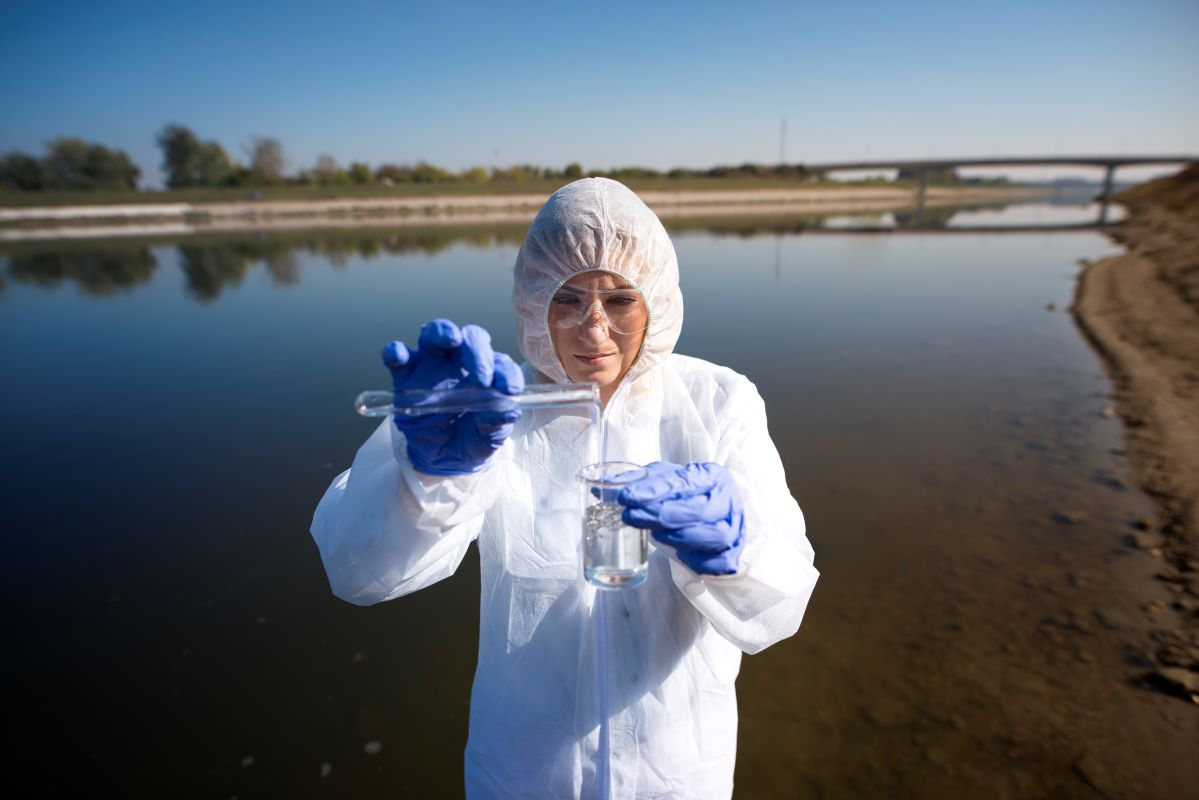Water damage can feel overwhelming, transforming comfortable living spaces into unrecognizable and unusable environments. Water intrusion compromises structure, safety, and sanity, whether caused by storms, burst pipes, or sewer backups. For homeowners and businesses alike, the journey from damage to full restoration requires more than just cleanup—it demands a thoughtful, thorough, and strategic process. We will explore how a full recovery is made possible through a methodical series of steps that restore properties, eliminate risk, and ensure that what was once damaged becomes habitable, healthy, and strong again.
The First 24 Hours: Containment, Assessment, and Immediate Action
When water strikes a property, the clock starts ticking. Within 24 hours, moisture can begin to feed mold growth, weaken structural components, and ruin furniture or personal items. That’s why the first phase in a comprehensive recovery process involves immediate containment and assessment. In places like College Station, technicians begin by halting the water source—shutting off a pipe or preventing further rain from entering—and isolating the impacted areas to stop the spread. This first window is also crucial for assessing safety risks such as electrical hazards or contaminants, especially if the water originates from a sewage line or external flooding.
Next comes a full evaluation. Using moisture meters, thermal imaging, and surface probes, professionals identify where water has traveled, often far beyond what is visible. It’s not enough to dry the floor; water can seep into wall cavities, under flooring, and inside insulation. A detailed assessment forms the blueprint for recovery, allowing teams to plan which materials can be salvaged, what must be removed, and how deep the damage truly runs. Without this foundation, any restoration attempt risks being superficial, leaving hidden moisture that can cause future mold or structural rot. This is why this phase is non-negotiable—everything that follows depends on getting it right.
read more : Bringing Tranquility to Your Doorstep:
Drying, Dehumidifying, and Demolition: The Core of Water Recovery
Once the initial containment and assessment are complete, the real transformation begins. Industrial-grade drying equipment—air movers, axial fans, and dehumidifiers—is strategically placed throughout the affected areas. The goal is not just to dry surfaces but to bring the internal moisture content of materials back to normal levels. Wooden studs, subfloors, and drywall hold onto water long after surfaces appear dry, so monitoring moisture levels becomes an ongoing process. This careful drying period may last several days, depending on the severity of the damage and the materials involved.
Simultaneously, controlled demolition begins. Any too saturated, warped, or contaminated materials must be removed to stop future deterioration. This often includes soaked insulation, waterlogged drywall, baseboards, and flooring. The removal is precise—not everything is torn out. Salvageable structures are preserved while unsalvageable materials are safely disposed of. Dust control, odor management, and air filtration also come into play to protect indoor air quality. By the end of this phase, the property is no longer a hazard zone but a clean slate—dry, safe, and ready for reconstruction. The invisible threats—mold, rot, and lingering humidity—have been eliminated, laying the groundwork for full recovery.
Reconstruction and Restoration: Bringing the Property Back to Life
With drying and demolition complete, the project shifts from mitigation to rebuilding. This stage involves much more than just replacing walls and floors. It’s about restoring function, flow, and comfort. Depending on the extent of the damage, the process may include installing new drywall, repainting interiors, replacing flooring, repairing cabinetry, and restoring trim and fixtures. Reconstruction follows a logical sequence, from framing to finishes, ensuring every detail is addressed.
This is also when customization and improvement come into play. In many cases, homeowners and property managers use the opportunity to upgrade certain elements, whether switching from carpet to tile or improving the insulation behind newly installed drywall. Beyond cosmetics, it’s also a chance to add resilience—installing sump pumps, upgrading drainage systems, or choosing water-resistant materials. The goal is not just to replace what was lost, but to build back better. By the time this phase ends, the space doesn’t just look like it once did—it functions better, feels fresher, and is fortified against future threats.
What makes this stage crucial is the precision in project management. Coordinating contractors, timelines, and inspections ensures the project moves forward without delays or surprises. One missed detail—like failing to seal baseboards or test plumbing—can undo all the previous work. That’s why trusted restoration teams focus on quality at every step, ensuring the property doesn’t just recover—it evolves. A home or business that’s been damaged can come back stronger, and this stage proves it.
Peace of Mind Through Documentation, Testing, and Ongoing Support
Even after the visible restoration, one final stage ensures that the property is truly safe, clean, and ready to occupy: verification. This includes indoor air quality testing, final moisture checks, and visual inspections to confirm that no mold, moisture, or contamination remains. Sometimes, third-party environmental testing is conducted for added peace of mind, especially in high-risk situations such as sewage backups or medical facilities.
Comprehensive documentation is also provided, recording the entire recovery process. This includes photographs of damage and repair, invoices, test results, and warranty details. Such records are often essential for insurance claims, future property sales, and proof of proper mitigation. It adds transparency and accountability, setting professional recovery apart from a do-it-yourself patch job.
Water damage can be deeply disruptive, but recovery is never out of reach. The journey from chaos to calm becomes possible through swift response, strategic drying, thorough demolition, careful reconstruction, and final verification. We have explored how a methodical, phase-by-phase process turns a disaster into a fresh start. This isn’t about a quick fix—full recovery, long-term durability, and peace of mind. EMRG Restoration Solutions delivers this through a structured approach, limited use of disruption, and a commitment to quality at every turn. Whether facing a flooded basement or a commercial disaster, the right recovery path can transform loss into resilience and bring comfort back home.
